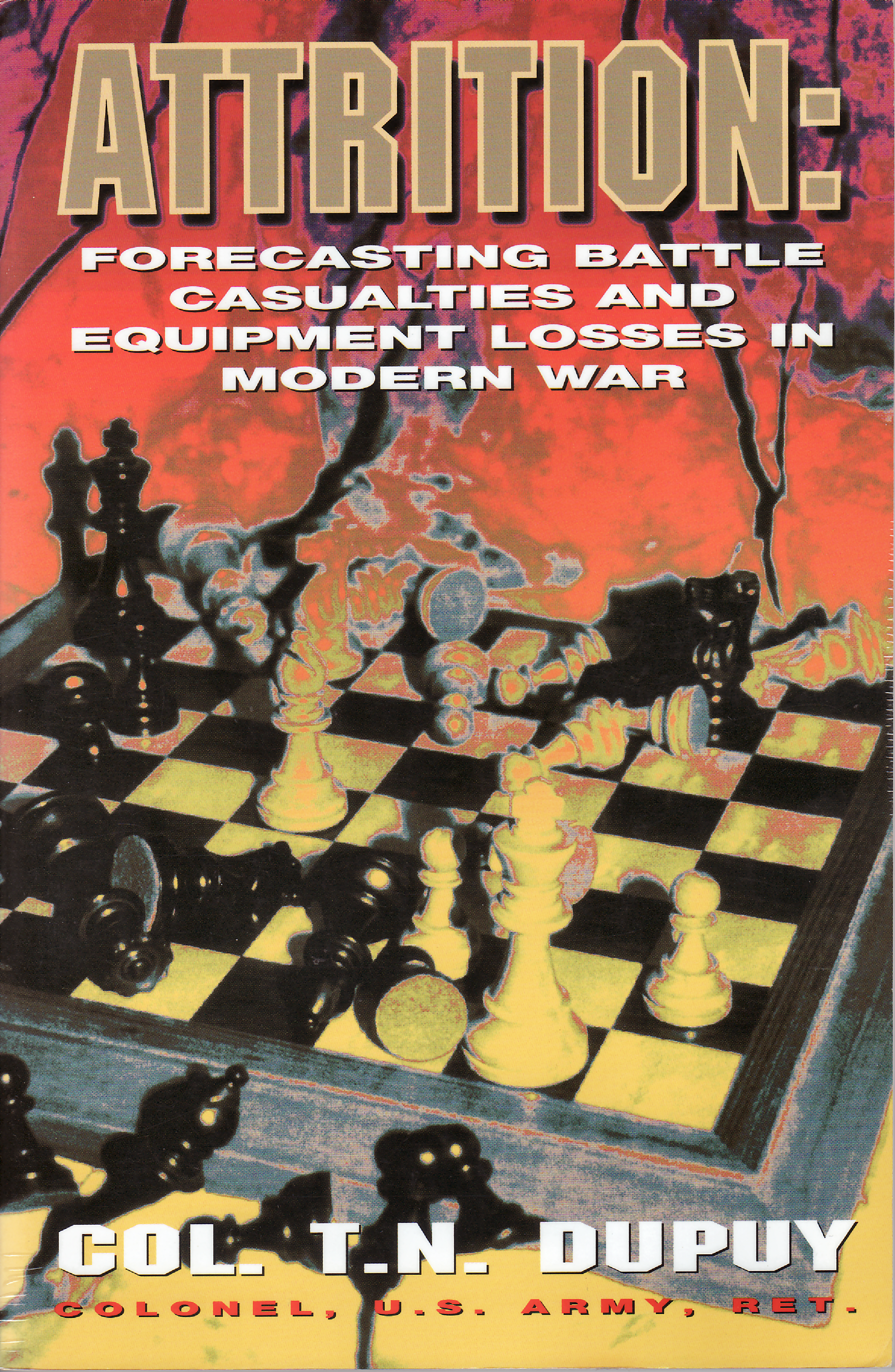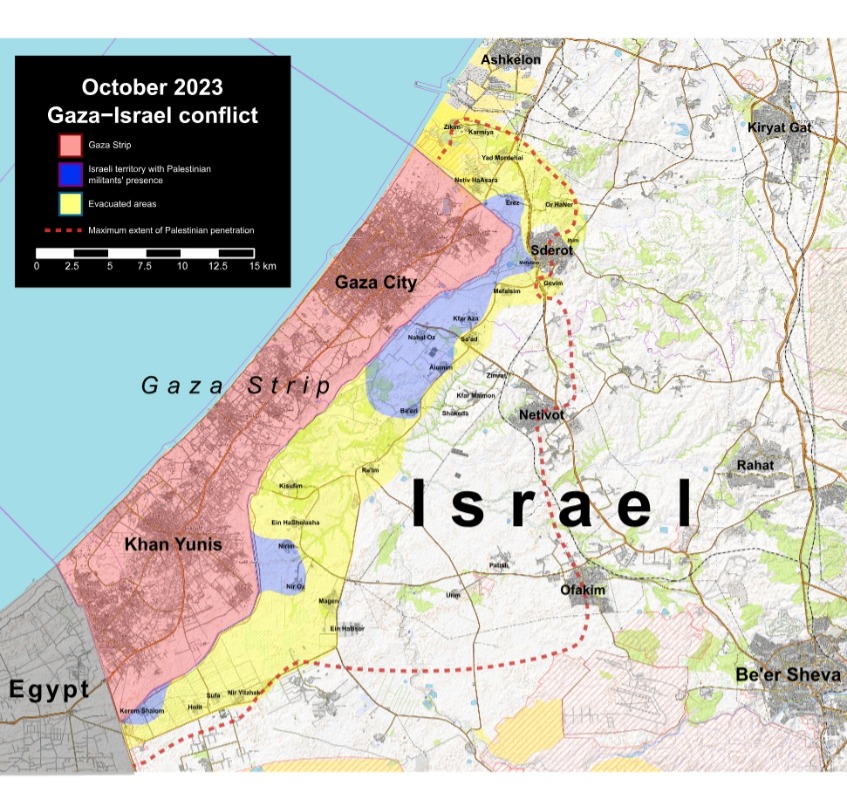Another posting from William (Chip) Sayers, who started his career in the air force:
——–
F-16s for Ukraine: Game Changer or Resource Waster?
Now that the Biden Administration has finally decided to allow the Ukrainian Air Force to receive F-16 Falcons (or as they are known by their pilots, “Vipers”), a lot of pushback has shown up in the media claiming this is not a good decision. This pushback mainly comes in the form of two objections: The Ukrainians won’t be able to operate them until it is too late, and that once they do, the F-16 won’t prove to be a game changer.
Let’s discuss how long it will take the UAF to learn how to employ the F-16. Some of the pushback is coming from people with expertise in this field, including Viper instructor pilots, so we can’t just dismiss their opinions out of hand. However, we can evaluate what they have to say against the situation as it stands.
The experts usually claim that it will be years before the UAF can “fully exploit” the F-16, or something along those lines. And they are undoubtedly correct. You show me a really good Viper jock, and I’ll show you an experienced Major, someone with hundreds, or even thousands of hours in the F-16’s cockpit. However, this is undoubtedly irrelevant. If the UAF can exploit even half the capability of the F-16’s potential, they will be way ahead of where they were at the beginning of the war with their Russian-produced fighters. The real question is, how long will it take for the UAF to be able to operate the F-16s in a way that positively contributes to their war effort. And that will take substantially less time. According to a US Air Force report based on the training of two UAF fighter pilots, it should take three to four months.[i] How can this be?
First off, the UAF has a sizable cadre of trained MiG-29 and Su-27 pilots — aircraft comparable to the F-16, if a bit less capable. As it happens, it is significantly easier to fly and fight the F-16 compared to the Russian aircraft. Anyone who can fly the MiG-29 can learn to fly the Viper very rapidly. Two vignettes: In my somewhat abbreviated flying career, I flew the T-37, a sweet little trainer that was well suited to its job. However, having been designed in the 1950’s, its instrument layout was, shall we say, suboptimal. It was often said that if you could fly instruments in the T-37, you could do it in anything. This analogy fits well with the comparison between the MiG-29 and the F-16.
Vignette #2: In the early 1990s I took a class of new analysts to Langley Air Force Base for an orientation with the US Air Force. The highlight of the visit was a chance for everyone to fly the full-motion F-15 weapons simulator. At this point, I had been out of the cockpit for around 10 years and my only updated experience was flying the PC game, Falcon 3.0 — which actually simulated radar and weapons employment quite well. I went last, and did so well, the instructors started playing cat & mouse with me to keep me humble. The point is, I was able to do well on the experience of a $40 commercial flight simulator because US 4th generation jets were purposely designed to be easy to use. So again, UAF MiG-29 pilots should be able to fly the Viper well with a minimum of training, compared to their clunky former mounts. They should be able to fly the jet successfully in air-to-air missions using their MiG tactics in a matter of weeks.
Suppression of Enemy Air Defense (SEAD) missions will take longer, and effective air-to-ground missions will come sometime after that. Will this make UAF Viper pilots masters of the air? No, that really does take time, but they will be effective and will rapidly improve with experience. One thing the experts seem to miss is that they were working during peacetime. The UAF is in an existential war, and that is a powerful motivator.
So, if the UAF can get the F-16 into the war relatively rapidly, will it make any difference? At first blush, it seems highly doubtful. Both sides’ air forces have contributed little of consequence to the war thus far. The deadly air defenses fielded by both sides have largely kept airpower away from the front lines and, in the case of the Russians, relegated to launching long-range missiles from the safety of their home airspace. However, things may be quietly changing.
Recently, Ukraine has demonstrated the ability to successfully plan, coordinate and execute SEAD missions against the most advanced Russian SAM systems in existence. Undoubtedly, some credit is due to the incompetence of Russian air defenders and some to the somewhat less than advertised performance of their “best in the world” equipment. However, the great majority of the credit belongs to the Ukrainian planners, particularly given the somewhat low-tech (slow, prop-driven drones, among other things) they used to accomplish the missions.
The Viper comes in a variety of flavors as do the weapons they carry. The capabilities the UAF will have depends upon the particular combination they field. For example, the F-16CJ Block 50D is specifically designed to hunt and kill air defenses. When teamed with the AGM-88 High Speed Anti-Radiation Missile (HARM), the combination is extremely effective. During Operation DESERT STORM, Iraqi troops were so intimidated by the HARM that they refused to use their field radios (which were never targeted, and probably couldn’t be, regardless) and for the next 12 years through Operations SOUTHERN and NORTHERN WATCH and IRAQI FREEDOM, no Iraqi air defense unit turned on its targeting radars — ALL of their shots were fired unguided. Likewise, in Operation ALLIED FORCE over Kosovo and Serbia in 1999, it was rare to see the air defenses turn on their targeting radars. If the UAF can successfully integrate such aircraft and weapons into their SEAD schemes, it could prove as effective with the Russians as it was with the Iraqis and Serbs.
While no amount of SEAD can ever get rid of the threat from air defense guns and IR-guided SAMs, suppression/destruction of the Russian S-300/400, Tor, Pantsir and Buk radar-guided SAMs opens up the UAF’s ability to use altitude to take them out of the range of the short-range threat that will always be present.
At this point, the F-16’s AIM-120 Advanced Medium-Range Air-to-Air Missile (AMRAAM) will move to the fore. The combat histories of the various aircraft and weapons involved would suggest that even a relatively small number of F-16s should be able to secure air superiority over Ukraine. This will be complicated by the fact that the UAF pilots will likely fight using Russian tactics, at least initially. The F-16 was designed to support the use of more dynamic Western tactics, and while it would be difficult for pilots flying MiG-29s to discard their traditional Ground-Controlled Intercept (GCI) doctrine, this will come if the UAF embraces the change. In the mid-1990s, the Kuwaiti Air Force acquired US F-18 Hornets and were trained by the very best the US Navy had to offer. Within three years, they went from being essentially dead in the water to putting the whoop to the Royal Navy’s Harrier pilots and being voted the “Best in the Gulf” by their peer air forces. Changing tactics mid-conflict is far from ideal, but combat can do much to focus the mind. It all depends on the commitment of the UAF leadership and if they buy into the change.
Russian air-to-air missiles are formidable on paper, but have come up short under operational circumstances and their GCI-driven tactics fail to take advantage of what capability they have. However, the superior situational awareness afforded the pilot by the Viper’s easy to use radar and the AMRAAM’s status as a virtual one-shot, one-kill weapon when fired within its parameters make the F-16 capable of high kill:loss ratios. If Ukraine’s F-16s come equipped with the latest models of the AIM-9 Sidewinder Infrared-homing missile, it will be all the more deadly when fighting obsolescent Russian fighters using reliability-challenged weapons and outdated tactics. The sooner UAF Viper pilots can adjust to Western tactics, the more dominant they will be in the skies of their homeland.
Without going into various offshoots, there are two types of air superiority: local air superiority and general air superiority. Local air superiority refers to the seizure of air superiority at a specific time and place in order to conduct a particular operation for a limited time without undue interference by the opponent’s air force. Within the Soviet/Russian doctrinal system, it is gained by strong groupings of long-range SAMs, augmented by Combat Air Patrols (CAP) of fighters to plug gaps and back up the SAM defenses. Obviously, local air superiority cannot be established very far from the front lines on the ground, but this is not a concern since within this scheme, air and air defense forces are used in support of ground forces. While the Russians have always talked a big game, this is essentially the only scheme of air superiority the Russians recognize.
General, or Persistent air superiority is established over an entire combat zone, region or even country. Of necessity, it must be done utilizing strong fighter forces — often with bomber units as a supplement — and lasts until the enemy can wrest it away by attriting the other side’s fighters to the point that they can no longer present a serious threat. This can best be illustrated by the USAAF’s victory over the Luftwaffe in the European strategic bombing campaign in WWII.
General air superiority buys the side that has it several advantages. First, it keeps the enemy from meaningfully intervening in the operations of one’s air, ground and naval forces. Secondly, it blinds the enemy to what is going on in one’s own territory, while simultaneously opening up the enemy’s territory to comprehensive reconnaissance. The phenomenon of blinding the enemy while gaining omniscience over him is a war winning, though often overlooked, circumstance. This had as much to do with the victories in Patton’s 1944 operations in France, Operation DESERT STORM and Operation IRAQI FREEDOM as anything else.
Perhaps the biggest benefit of air superiority is the freedom of operations it allows the winner’s forces, including the ability for his air forces to strike when and where they choose. During the summer and fall of 1943, USAAF bombers damaged many targets in Germany while air superiority was being contested, but to nothing like the extent desired. After the USAAF won air superiority over Germany late that winter, their strikes became vastly more effective to the point that, once released from Eisenhower’s direct command in support of the D-Day landings and subsequent ground operations, it took just six months to collapse the German war economy. Clearly, the UAF’s F-16s won’t be collapsing the Russian war economy, but the ability to strike railheads, bridges, fuel and ammunition dumps, Command, Control and Communications (C3) nodes, headquarters and artillery units with such precision can be a decisive factor and force multiplier for Ukrainian ground forces.
The F-16 in every form is an extremely accurate bomber at low altitude, even while using non-guided “dumb” bombs. In a 1980s edition of the USAF’s official publication Fighter Weapons Review, an F-16 pilot detailed a new way to attack runways without specialized munitions. His technique called for aiming 3 feet short of the lip of the runway so that the bombs, burrowing in a predictable manner, go under the concrete to detonate under the center of the runway. 3 feet. That’s some precision bombing.
Typically, putting bombs on target accurately is one of the most challenging tasks a fighter pilot can undertake, particularly in the face of challenging air defenses. However, the Viper makes air-to-ground attacks much easier than with the Russian legacy aircraft. The F-16’s fire control system projects a “Continuously Computed Impact Point (CCIP)” indicator on the heads-up display, which indicates exactly where the bombs will land if punched off at that moment. In earlier jets, the pilot had to fly a precise pre-planned approach to the release point, hitting exact parameters of altitude, airspeed, and dive angle — even the slightest deviation would throw the bombs off target. The first aircraft in a flight might get away with flying a predictable flight path, but the enemy will know with certainty where number four will be at release and can adjust their aim accordingly. The CCIP allows the pilot to take any path to the target, randomly changing airspeed and altitude as necessary for survivability. At the last second, the Viper pilot can pop-up, place the CCIP on the target and deliver his bombs with great precision. It is not for no reason that CCIP’s nickname is the “death dot.” The death dot is featured on most Western fighters today, but Ukraine’s fighter fleet lacks this tool, and therefore the F-16 should give the UAF a major leap forward in effectiveness on ground attack missions.
One thing we shouldn’t expect is a major overnight upgrade in Close Air Support (CAS). The Soviet/Russian Air Force — and by extension, the Ukrainian Air Force — have never really done fixed-wing CAS, at least as we define it. Any air support requiring detailed integration with troops in contact is generally left to attack helicopters, while fixed-wing aircraft do what we used to call Battlefield Air Interdiction (BAI), which doesn’t require close integration and is less likely to inflict friendly fire casualties. (It’s a dirty little secret that about 95% of air forces world-wide do the same.) Doing CAS according to US doctrine is probably the most difficult mission pilots can undertake, requiring a great deal of training and practice. Even if the UAF decides that they like our CAS concept better, it will take some time for them to be able to do it effectively.
Having determined that the UAF could bring the F-16 on line fairly quickly (albeit, without mastery of all its capabilities), that it represents a significant upgrade in SEAD, air superiority and ground attack capabilities, what will its impact be overall? Game changer or not? Most likely, not. It’s really just a matter of numbers. With a sufficiently sized fleet, the F-16 could dominate the skies to the point that Russian troops that moved would be inviting death by interdiction, while those that hunkered down in defensive positions would starve, be blasted to atoms or surrounded and captured by Ukrainian ground forces. However, that would take closer to 200 aircraft than the few dozen they’re likely to get. And, of course, they’ll need attrition replacements for their inevitable combat losses.
One thing we can do right now to significantly improve the survivability of the F-16 fleet is to put their entire logistics support package on wheels. If the UAF’s Viper fleet proves to be effective, the Russians will undoubtedly put their Main Operating Bases (MOBs) at the top of their priority strike list. While putting MOBs out of action is not nearly as easy as some assume, the loss of a hangar-queen here and an unlucky jet there will add up, and with a fleet as small as they are likely to have, they can ill-afford such losses on the ground. The best way to avoid that is to simply not be home when the cruise missiles arrive. The MiG-29 was specifically designed for such operations with the sturdy landing gear and air intake Foreign Object Damage (FOD) screens necessary to operate from unpaved fields. While the Viper will never be capable of operating from a sod field, it can easily operate from highway strips and better so than larger, heavier and less powerful jets. By making the F-16 fleet’s logistics mobile, they could quickly move from highway strip to highway strip to thwart Russian efforts to find them. Coupled with Ukrainian air superiority over their own territory — thereby making Russian reconnaissance vastly more difficult — UAF F-16 attrition could be kept to manageable levels multiplying their impact on the war.
The F-16 probably won’t be a game changer, but it may very well be a decisive factor.
[i] https://www.thedrive.com/the-war-zone/basic-f-16-training-for-ukrainian-pilots-could-take-just-four-months Accessed 26Oct23.







